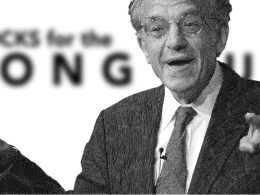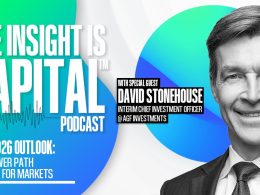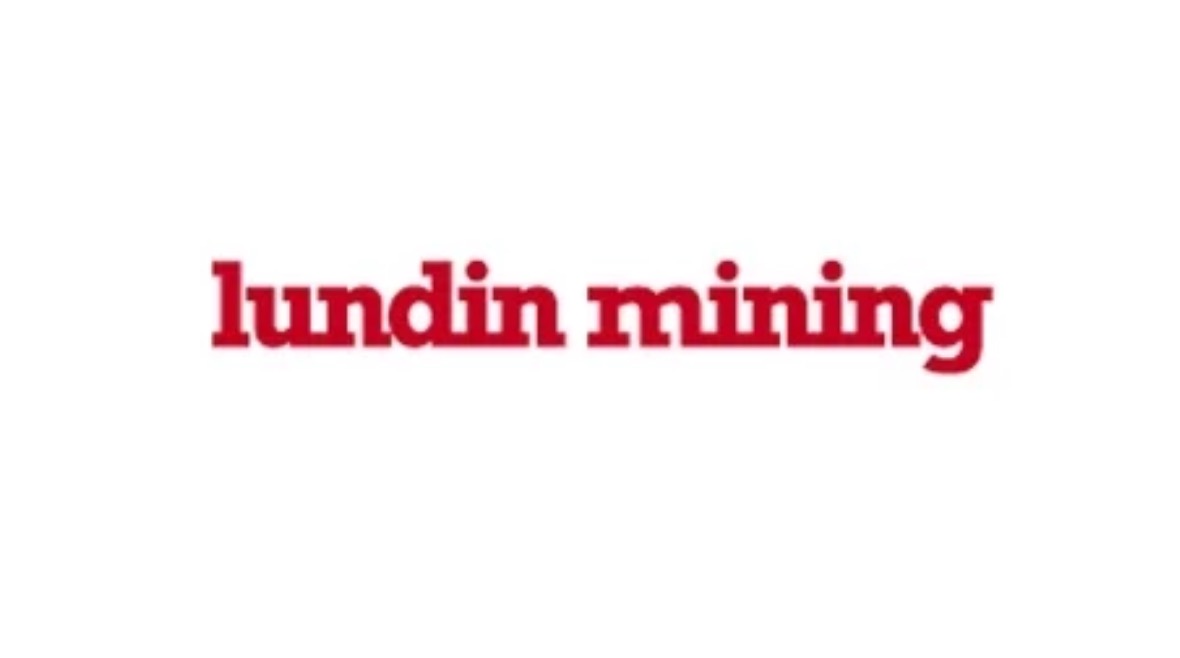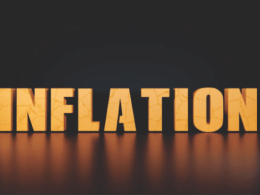At a time when the financial world is inundated with forecasts, opinions, and overconfidence, Larry Swedroe stands as a voice of cold, hard reason. A veteran of the investment world, Swedroe brings a lifetime of experience managing risk, debunking myths, and advocating for evidence-based investing. His conversation1 with AdvisorAnalyst.com's Pierre Daillie and ReSolve Asset Management CIO, Adam Butler offers a masterclass in mitigating market risks—a blueprint for surviving and thriving in uncertain times.
Forecasting: The Great Illusion
Swedroe, with characteristic wit, dismisses the notion that forecasting holds any real utility. "When I got my forecast right, I took credit for my brilliant analysis. When I was wrong, I blamed the fact that there was some surprising event that couldn’t be forecasted," he admits. And therein lies the problem with market predictions—investors give undue weight to forecasts that align with their biases while dismissing contradictory views.
"Warren Buffett hasn’t read a market forecast in 25 years because he knows they’re worthless," Swedroe points out. Yet investors still clamor for predictions, despite decades of evidence showing their futility. The real lesson? The future is unknowable, and market prices already reflect all available information. Betting on a single outcome is an exercise in futility.
The Dangers of Recency Bias and Overconcentration
Investors are often trapped by recency bias—believing that what has happened recently will continue indefinitely. Swedroe highlights the dominance of U.S. stocks, noting that the S&P 500 now makes up an astounding 63% of global market capitalization. Yet, history is littered with examples of markets that seemed invincible before succumbing to prolonged underperformance. "Think about Japan in 1990," he warns. "For the prior two decades, Japan slaughtered every other asset class. And yet, the next 34 years saw virtually zero returns."
The lesson? U.S. stocks may have outperformed for 15 years, but that does not guarantee the next 15 will be as kind. Investors who are overconcentrated in large-cap U.S. equities risk waking up one day to find that the party is over. "Every risk asset goes through long periods of underperformance. You must be diversified enough to survive them."
Hyper-Diversification: The Only Sensible Strategy
According to Swedroe, most investors operate under a dangerous illusion: they believe they are diversified when, in reality, 85-90% of their risk exposure comes from one factor—market beta. "It makes no sense if you believe all risk assets have similar risk-adjusted returns." He advocates for hyper-diversification, incorporating uncorrelated return streams such as private credit, reinsurance, long-short factor strategies, and even niche asset classes like drug royalties and litigation finance.
"If 90% of your risk is coming from equities, you are making a massive bet that stocks will continue their historical trajectory. That’s a foolish gamble." Instead, he prescribes a portfolio where multiple risk factors are balanced appropriately, dramatically narrowing the dispersion of potential outcomes.
The Fallacy of Beating the Market
Swedroe is unequivocal: investors should abandon any notion of beating the market. "There are two types of investors: those who don’t know where the market is going and those who don’t know they don’t know." Instead, he argues for focusing on participation—ensuring that one’s portfolio is structured to achieve financial goals rather than chase fleeting outperformance.
"Investors think three years is a long time, five years is very long, and ten years is infinity," Swedroe laments. "Yet, there have been multiple 13-to-17-year periods where stocks underperformed totally riskless T-bills." The ability to stick with a diversified approach through such stretches is what separates successful investors from those who ultimately fail.
The Self-Healing Mechanism of Markets
One of Swedroe’s most compelling arguments is that markets contain an inherent self-healing mechanism. He cites reinsurance as a prime example: after multiple years of poor returns, capital fled the sector, premiums skyrocketed, and risk-adjusted returns became more attractive. "Last year, the StoneRidge reinsurance fund was up 44.5%. This year, it’s up another 23%. And yet, 70% of the money had already left."
The same dynamic applies to equities, credit spreads, and virtually every asset class. "When valuations get stretched, expected returns go down. When they get crushed, expected returns go up. But investors do the opposite—they chase what has worked recently and flee when expected returns are the highest."
Final Takeaway: Insurance, Not Speculation
"If you don’t have insurance, you don’t have a portfolio," Swedroe declares. His entire approach is centered around managing risks, not taking unnecessary ones. "Every asset in your portfolio is insurance against left-tail risk. If you’re properly diversified, you shouldn’t care what the S&P 500 is doing."
This is the paradox of successful investing: the best portfolios are the least exciting. They don’t generate stories of lottery-like gains, but they also avoid catastrophic blowups. Swedroe’s message is clear—forecasting is futile, concentration is dangerous, and survival is paramount. Ignore these truths at your own peril.
Footnote:
1 Raise Your Average. "Stop competing with markets. It's a 50-to-1 bet against YOU – Larry Swedroe." YouTube, 12 Nov. 2024, https://www.youtube.com/watch?v=H7wBmQvPfdM.
Copyright © AdvisorAnalyst.com















